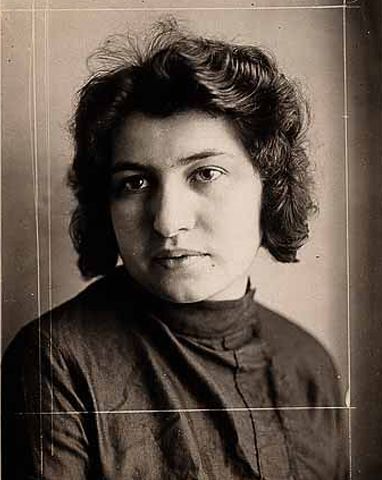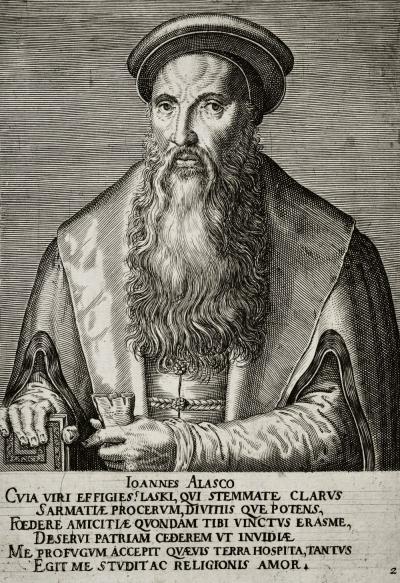Poles in Germany: Roads to visibility
Mediathek Sorted
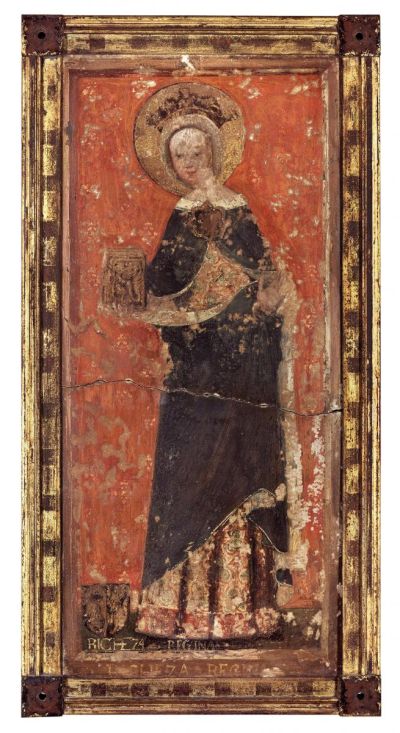
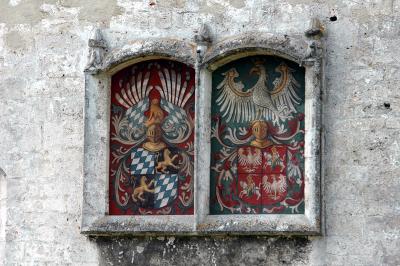
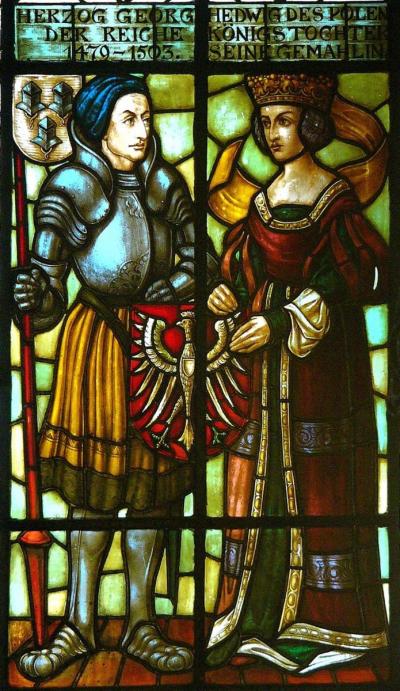
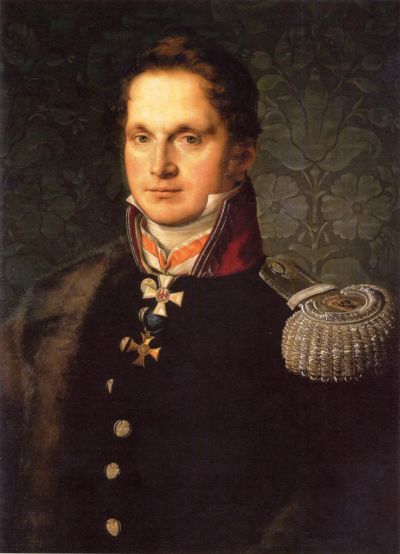
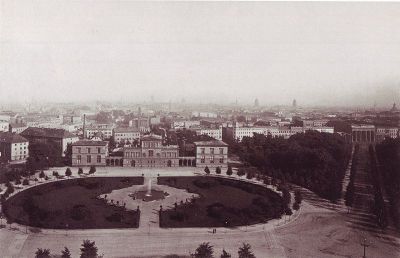
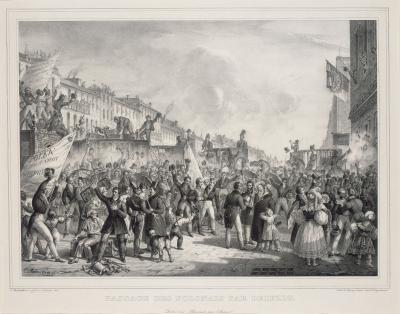
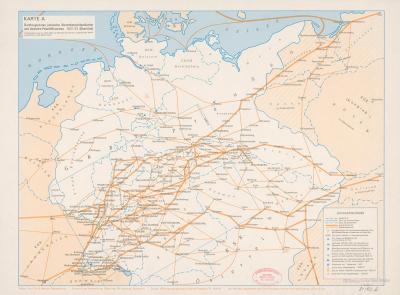
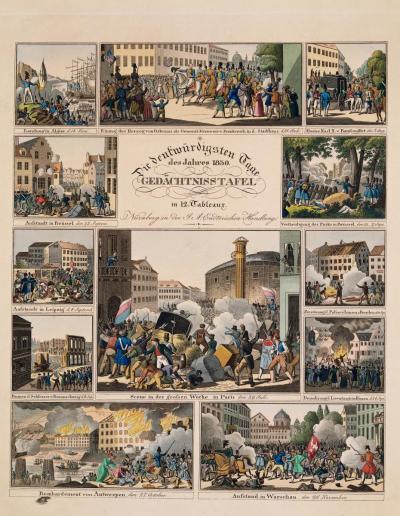
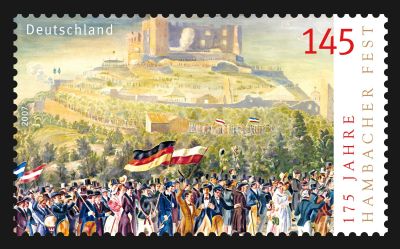
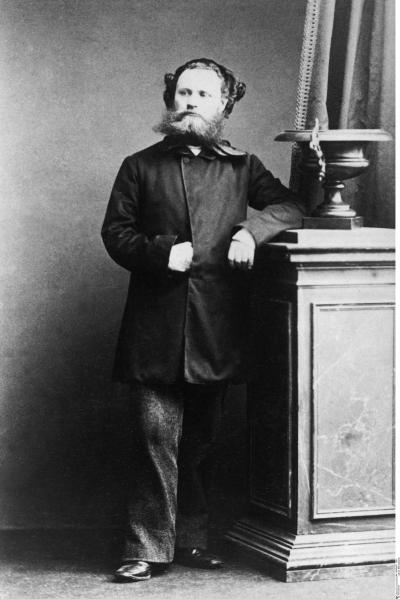

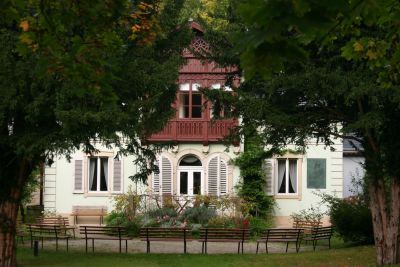
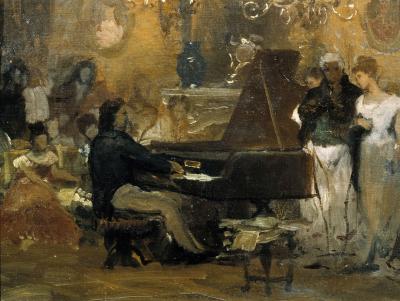
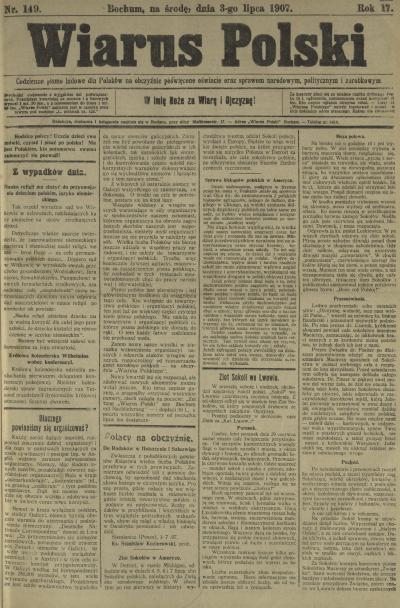
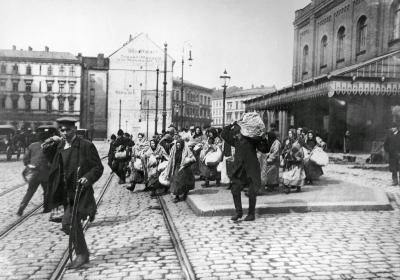
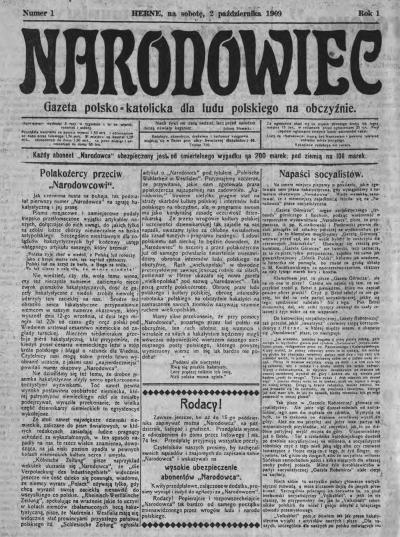
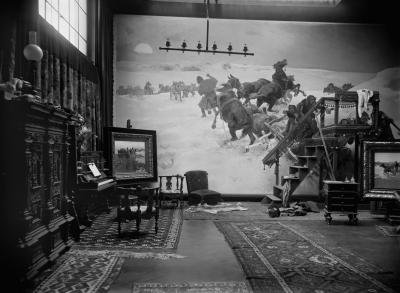
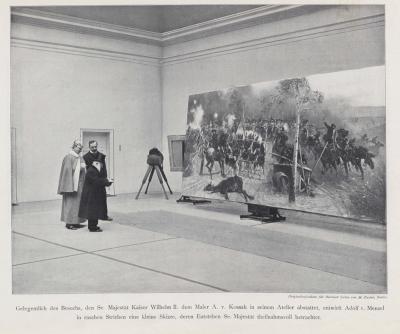
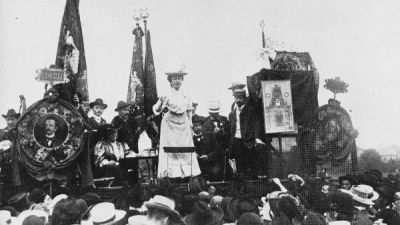

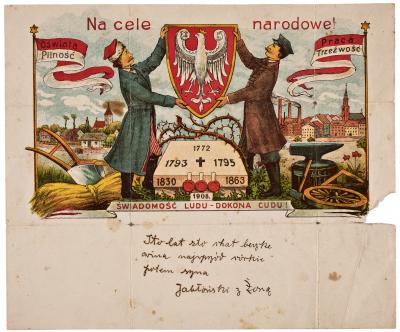
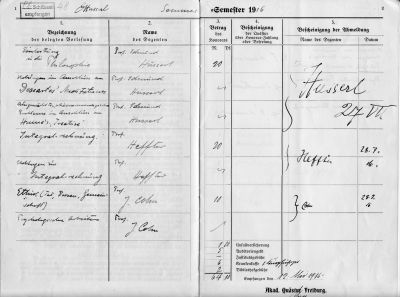
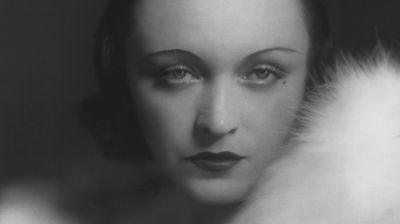
"Pola Negri - unsterblich", Dokumentation von 2017
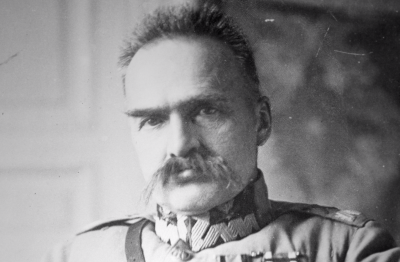
„Drei Tage im November. Józef Piłsudski und die polnische Unabhängigkeit 1918“
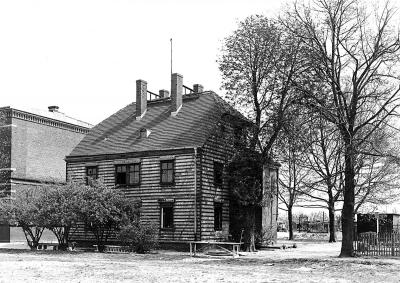
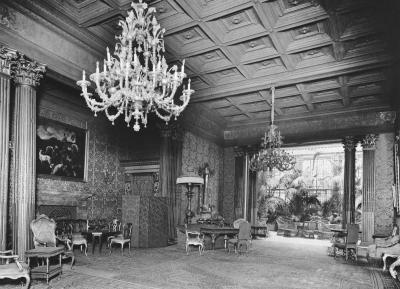
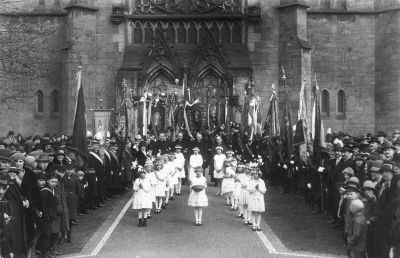
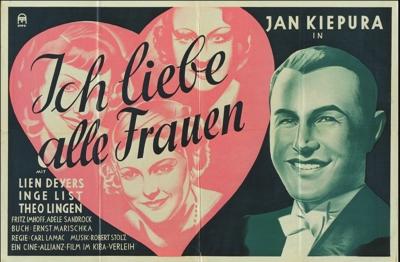
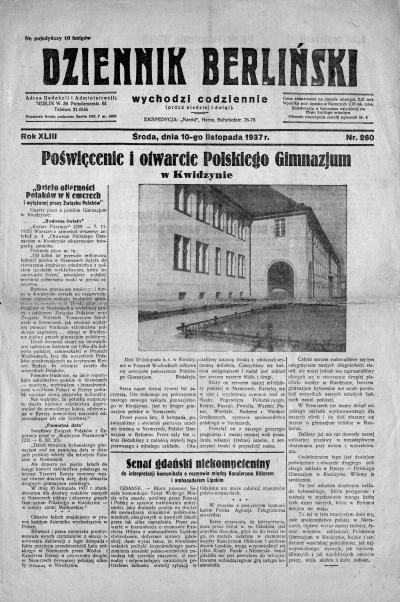

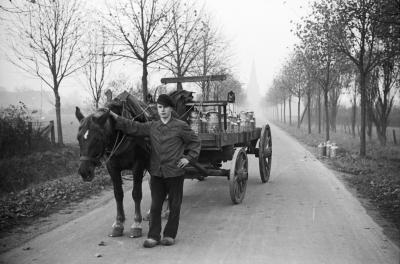
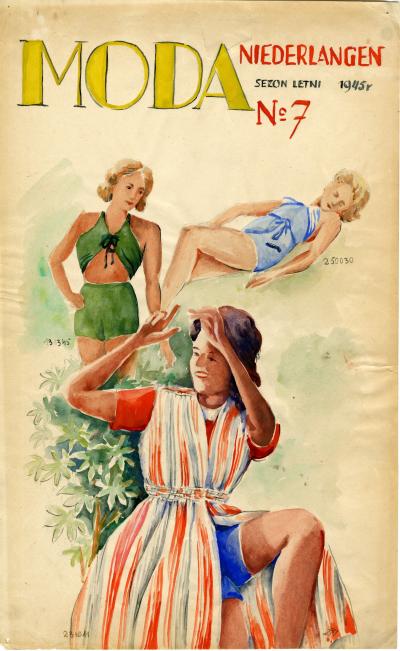
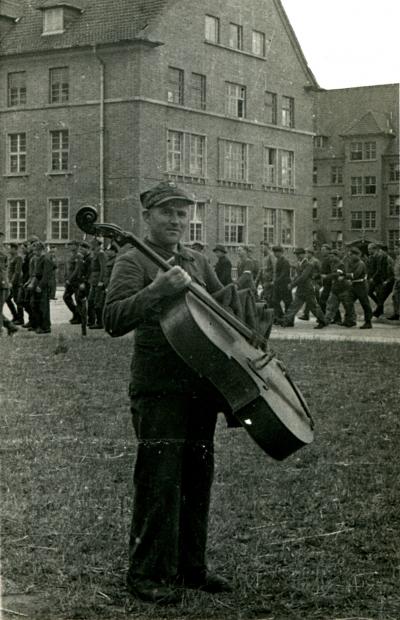
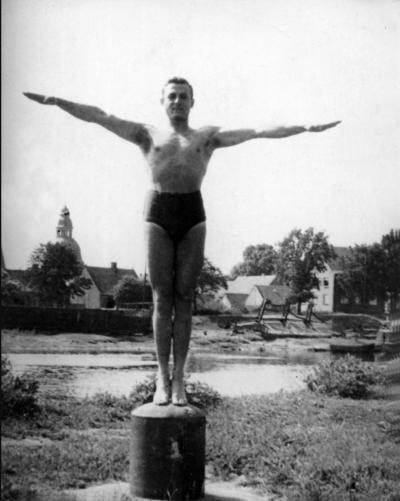
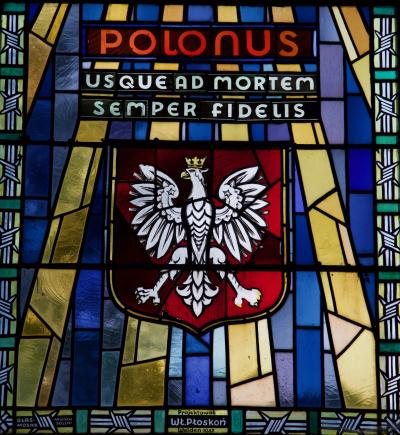
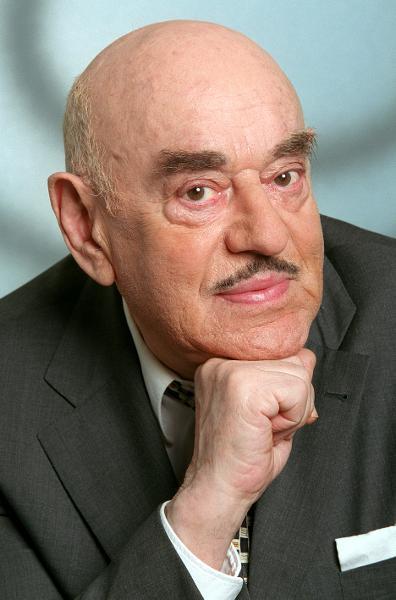
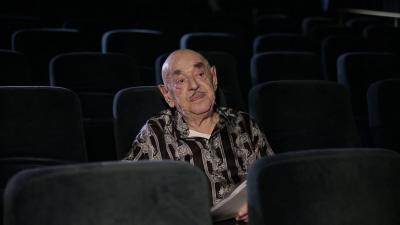
Artur Brauner - Ein Jahrhundertleben zwischen Polen und Deutschland
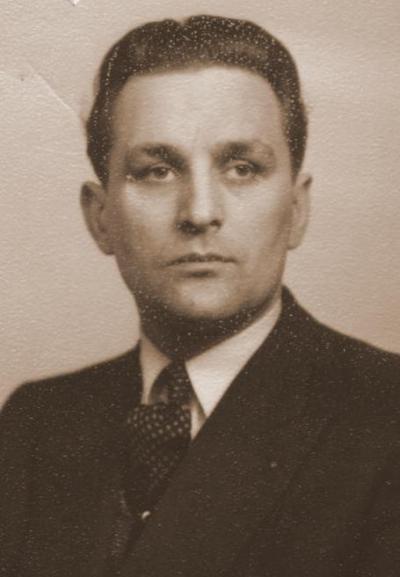

Teresa Nowakowski (101) im Gespräch mit Sohn Krzysztof, London 2019.
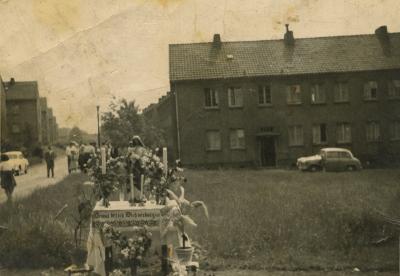
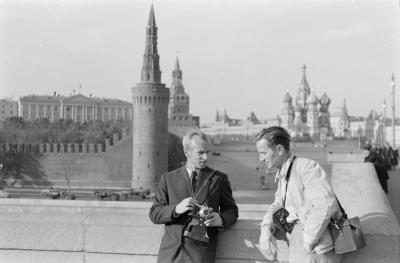
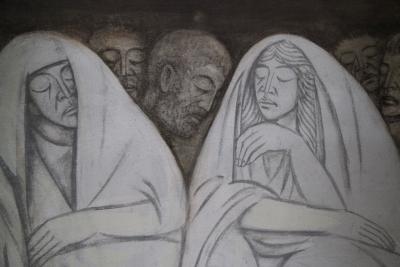
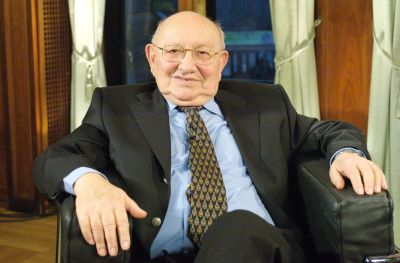

Karol Broniatowski's memorial to the deported Jews of Berlin
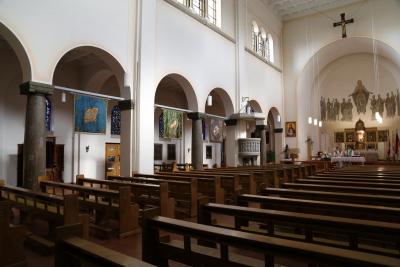
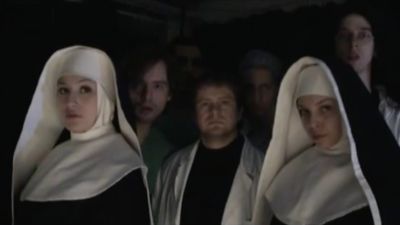
Film "The Madman and the Nun" - St. Ignacy Witkiewicz, Filmstudio Transform, Director: Janina Szarek
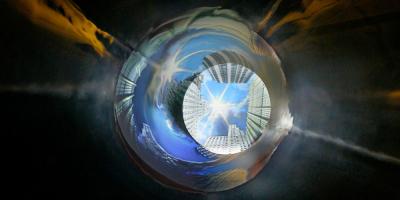
WORMHOLE, 2008
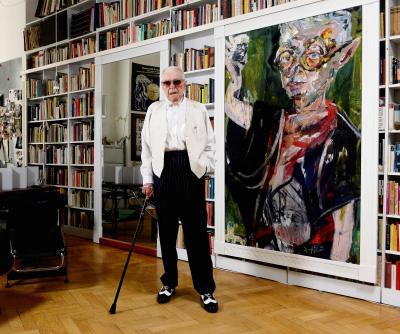

Interview with Leszek Zadlo
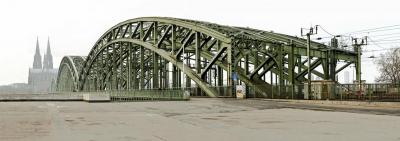
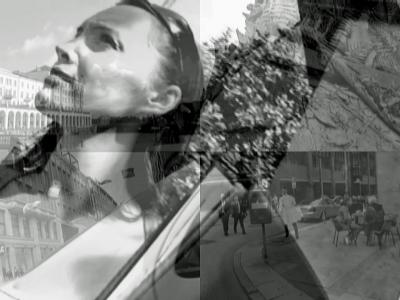
ZEITFLUG - Hamburg
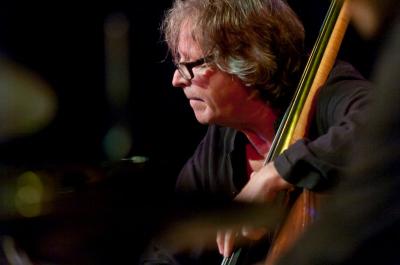
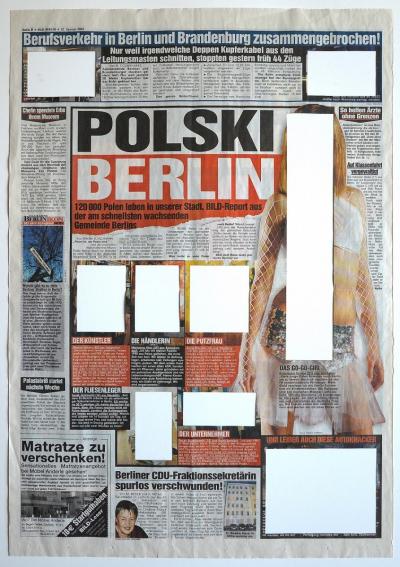
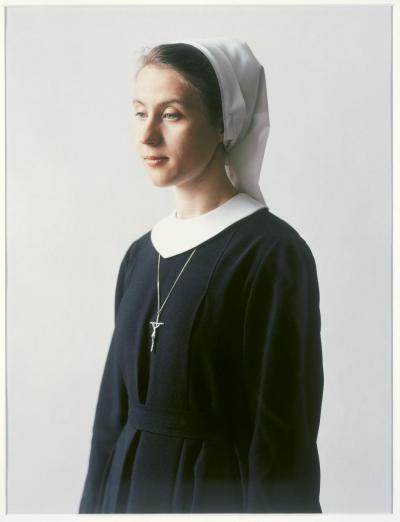
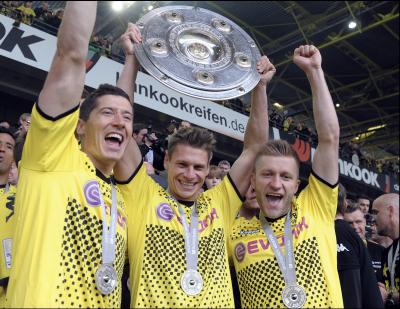
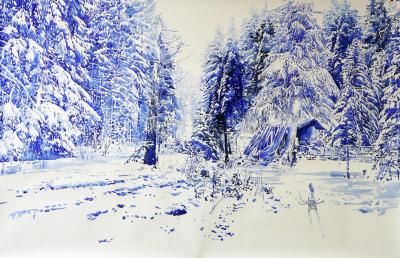
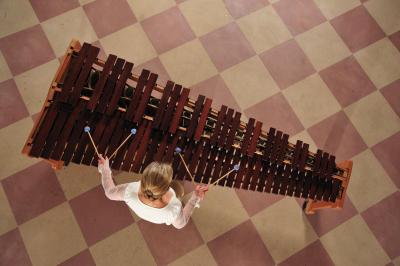
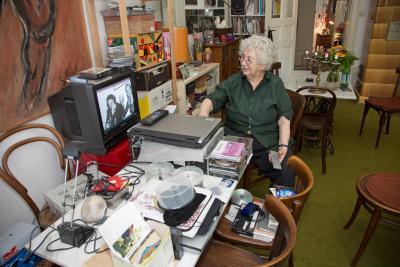
Der Planet von Susanna Fels
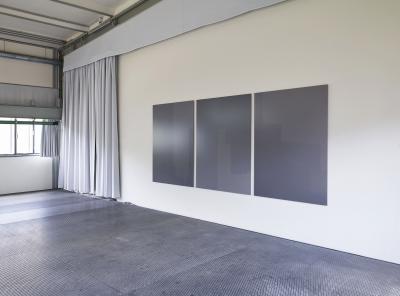

After the War: Poles in Germany – some figures
Directly after the end of the Second World War, there were more than 1.7 million Poles, former forced labourers, concentration camp prisoners and prisoners of war. As displaced persons, they spent months or even years mainly in the western zones and even after most of them had either returned to their homeland or had migrated further afield, there were still around 80,000 of them in the Federal Republic. The attempt to set up Polish territorial structures in Emsland by establishing the town of Maczków ended with the dissolution of the Polish army unit which had carried out their occupation service there. Amongst these dispersed Poles in Germany was a number of illustrious personalities, who were to shape cultural life for decades: They included Artur Brauner, who settled as a Polish Jew in Berlin directly after the end of the war and was to become one of the most important film moguls of the German economic miracle.
But the number of Polish-speaking people in German soon increased again. Between 1950 and 1990, around 1.4 million persons with German ancestry relocated from the Polish state to the Federal Republic of Germany (others went to the GDR), the majority came over in the 1980s: 520,000 made the move between 1988 and 1990 alone. Whilst, emigrants were initially socialised in German and spoke German in their families, in the 1980s most of them were socialised in Polish and didn’t speak any German, but they did use the legal possibilities to be able to leave Poland in light of the economically and politically difficult situation in the country.
Since the visa requirement was lifted in 1990 and the ability to take on work in Germany gradually became easier, there is now a large number of Polish citizens living in Germany. In 1990 there were 241,000 Poles with only Polish citizenship living in the unified Germany, but at the end of 2018 there were around 860,000. But this is not the whole truth. If you were to ask these people about their migrant background, then you would find that in 2017 2.1 million people with biographical association with Poland were living in Germany; this was the second-largest group after people from Turkey and before those from the Russian Federation. At the same time, the seasonal migration of the Polish labour force persisted, but since Poland entered the EU this number has fallen rapidly.




